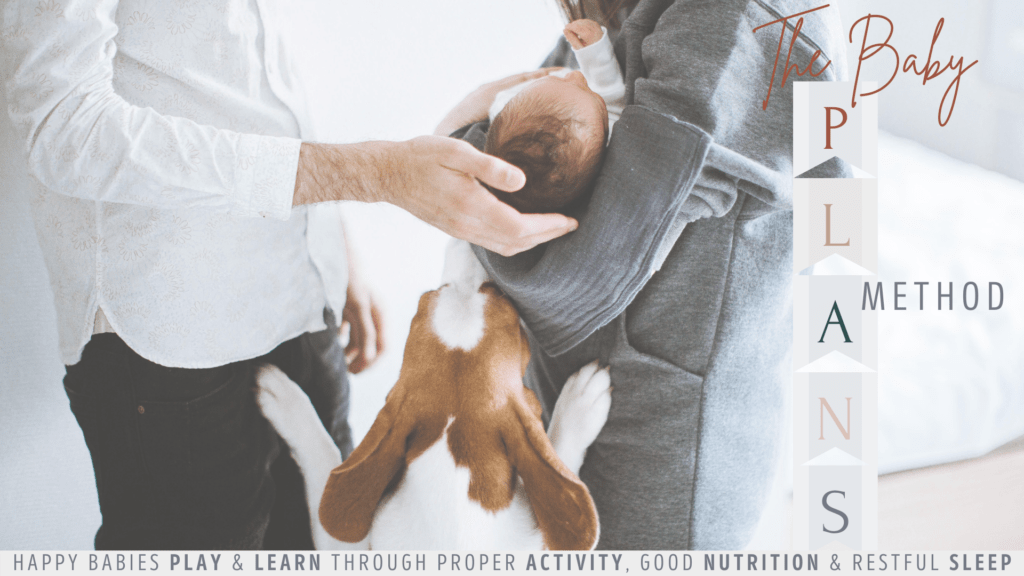Not all agree on sleep training. Some parents say you must let your child determine when and where they are going to sleep, perhaps they are afraid of becoming regimented to the point that they are no longer in tune with their baby’s unique needs. Other parents may not navigate the day without a pinpointed schedule that tells them when to feed their child, and when their child should nap; perhaps they feel tied to the house.
To all you parents, I say rest easy. The techniques that make up E.A.S.Y. are meant to be tailored to your child. It will allow you to parent in a more conscious manner. It does not encourage a schedule so much as a routine. If you feel your child is not developmentally ready for the hours suggested here, try utilizing the same principles in a shorter time frame (i.e. 2.5 hours or 3 hours).
It is a routine, a repetition of natural cycles related to each letter that occurs throughout the day. A routine allows for flexibility rather than mechanically following a schedule. As I’ve said before, E.A.S.Y. is not necessarily easy, but it works.
This is part of a series. As your child grows, be sure to adjust their schedule accordingly using additional charts.
E represents EAT. All babies need to eat either liquid thru nursing or bottle-feeding or solids starting at 6 months. Once solids are fully incorporated as meals, milk feedings are more like snacks. Babies are less likely to be either underfed or overfed on a routine.
A represents ACTIVITY. This can usually be baby-led. A structure though can prevent overstimulation.
S represents SLEEP. Sleep is mandatory. Daytime sleep in the form of naps helps improve nighttime sleep. Good naps as a result of the proper amount of food and activity are more likely with a routine.
Y represents YOUR Time. With less unpredictably and more structure, you’ll have more time for yourself to rest, shower, clean, what have you.

by Tracy Hogg and Melinda Blau. I highly recommend reading the book in its entirety!
Be aware the routine will adjust as your child grows. And it may even vary somewhat from what’s presented here based on weight and personality.
However, since most babies hit certain milestones at certain ages, this plan is on target for Week 6 to Month 4.
You may want to continue using the schedule for Day 4 to Week 6, which is a 3-hour routine until your baby reaches 8 weeks or so, and/or they no longer need the tanking up process in the late afternoon.
INFANT E.A.S.Y: WEEK 6 TO MONTH 4
Below is a synopsis of the schedule broken into 3 segments. Click on each heading for detailed information. Scroll to the end of the article for an opportunity to get access to a free printable for easy reference.
Morning E.A.S.Y. Schedule
Afternoon E.A.S.Y. Schedule
Evening E.A.S.Y. Schedule
Below is the time variation for the evening activity and bedtime slot for your little one if they get too cranky in the evening. Click on the heading for detailed information.
Evening Time Variation Chart
Below is the Food, Activity and Sleep Totals for each day. Click on the heading for detailed information
Daily Food, Activity & Sleep Totals
Download FREE Chart!
Sign up for FREE as a new subscriber and get direct access to a FREE E.A.S.Y Sleep Training / Feeding Chart to download and print!
As well as FULL access to the Subscriber Resource Library of printables!
Already a subscriber? Use your case sensitive LIBRARY CARD CODE in THIS LINK to download the chart from the library list.







